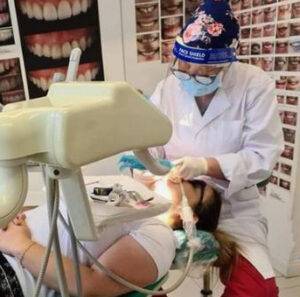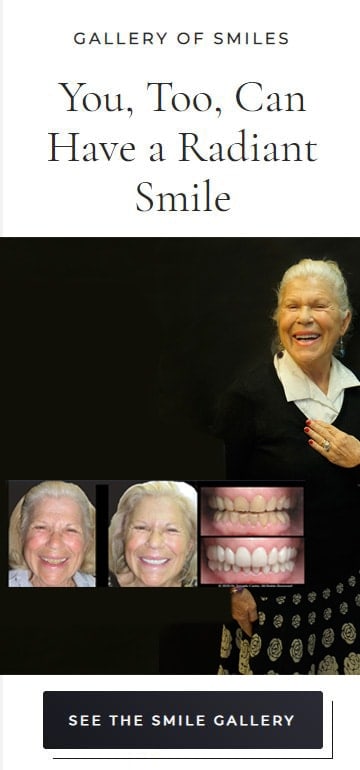


A healthy smile is wonderful to have, and those that are beautiful on the inside and out require effort to maintain and achieve. Restorative dentistry has been a lifesaver for many people, stepping in when factors such as cavities and wear and tear interfere with oral health and function. A tooth filling is one of the most common types of restoration. Fillings, which can be made of a variety of materials, can be an effective way to stop decay in its tracks and get your smile back on track.
If you have a decay or cavity and need a Tooth Filling in Melbourne CBD, or if you already have a tooth filling but are experiencing problems, this FAQ blogpost is for you. More information is provided below.
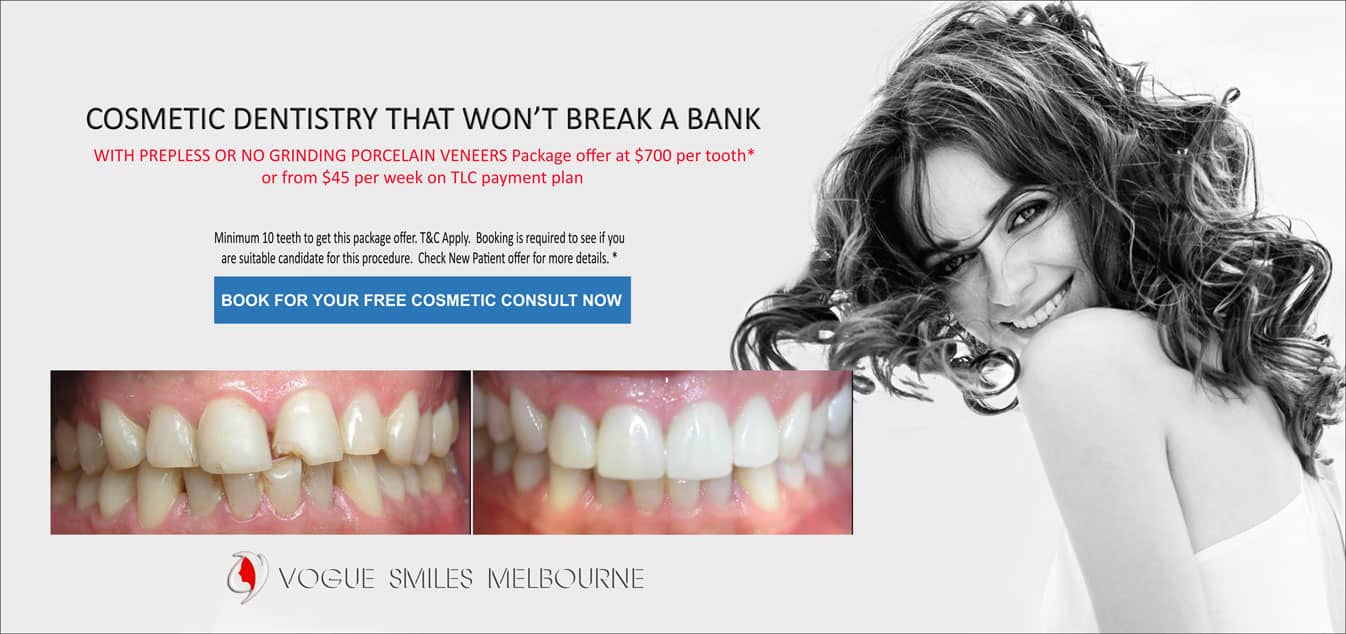
When cavities wear down the structure of a tooth, the tooth becomes weakened and vulnerable to fracture. In these situations, a tooth filling is the best way to save the tooth. The procedure is divided into two steps. To begin, the tooth is prepared by removing dental decay, structurally unstable areas of the tooth, and any other tooth structure that must be removed to make room for the filling material.
When it comes to tooth filling materials, there are numerous options available today. Among these alternatives are:
Made of a plastic mixture, this type of tooth filling can be closely matched to the colour of your teeth, resulting in a more natural appearance. Because of this feature, these fillings are frequently used on visible front teeth. They can also provide additional support to a tooth. On the downside, composite resin fillings are less durable and more prone to chips and stains.
Used for inlays/onlays and other procedures, these Tooth Filling match the colour of existing teeth and are more stain resistant than resin. Porcelain fillings, on the other hand, can break and cost the same as cast gold.
This material is suitable for tooth filling in the roots, beneath the gumline, and on the front teeth. Inlay cement and baby tooth fillings are two other applications. Glass ionomer can also be used to match the colour of your teeth, but it is not as long-lasting. However, it does have the added benefit of releasing fluoride, which can help to prevent decay.
This type of tooth filling is durable and has the potential to last a long time. While less expensive than other options, amalgam fillings stand out due to their dark colour. As a result, they are frequently used on back teeth that are not visible. Furthermore, in rare cases, people may be allergic to the amalgam material.
Another type of tooth filling that provides strength and durability is cast gold. Patients, on the other hand, either love or despise the appearance in terms of cosmetic appeal. This filling material can also be significantly more expensive than other options.
The cost of Tooth Filling in Melbourne CBD is determined by several factors, including:
- The location of the damaged tooth
The extent of the damage that must be repaired
- The Complexity of the procedure
- The filling material: amalgam fillings are less expensive than composite fillings. Porcelain and Gold onlay/inlay are the most expensive.
In our practice, the cost of tooth filling may range from $80 – $800 depending on the abovementioned factors.
Many people feel scared about dental procedures, especially because they think that they will hurt. This is normal, but you actually have nothing to be afraid of. While many people wonder “are tooth fillings painful?”, the reality is that they are rarely as bad as people may think.
During a tooth filling you are unlikely to feel a thing. A filling does not happen in areas of the tooth where there are nerves, so you shouldn’t feel any more pain from the procedure than you would feel from cutting your hair. No nerves = no pain. Of course, some people have more sensitive teeth or require deeper tooth filling that come closer to the nerve. That’s why an anaesthetic is used to numb your mouth during the procedure. A numbing gel generally allows the dentist to give an anaesthetic injection pain-free that ensures the area will not feel anything. It’s an extra precaution to ensure that you don’t experience any pain from a filling.
Sometimes people do, however, feel an ache from the injection or the procedure after the anaesthetic wears off. This sensation rarely lasts long, and by the next day, you should feel good as new or even better. After all, your dentist removes the decay in the tooth exposing you to pain. The filling protects you, so you won’t feel that pain anymore.
A Tooth Filling in Melbourne CBD is a quick procedure that can be completed in one sitting. The amount of tooth decay, the difficulty of the areas that need to be filled, the filling material, and the speed of your dentist all influence the filling process time. The entire process, including preparation, usually takes between 20 minutes and an hour to complete.
Following an examination that may include X-rays and the use of cavity-detecting liquid to locate decay, your dentist will administer anaesthesia and then remove the decayed area with a drill or a laser. After cleaning out the affected area or cavity, the nerve may be protected by a liner made of glass ionomer or another material. Finally, the filling is installed, polished, and finished.
When it comes to tooth-coloured tooth filling, there are usually a few different steps involved. After removing decay and debris, the enamel surface of the tooth may be etched to create small holes that will be filled in with bonding and filling materials. The tooth filling will then be applied.
Another possible method involves applying the tooth-colored filling material in layers, and then hardening it by use of a special light.
The numbness caused by your local anaesthesia should wear off within a couple of hours. Until then, it’s best to avoid drinking hot or cold liquids, and eating on the side of your mouth with the new tooth filling. Some sensitivity to hot and cold is normal in the first couple of weeks after getting a tooth filled. If it persists beyond that, or you have any actual pain when biting, it could signal that an adjustment to your filling needs to be made. Continue to brush and floss as normal every day, and visit the dental office at least twice per year for your regular check-ups and cleanings. And remember, tooth decay is a very preventable disease; with good oral hygiene and professional care, you can make your most recent cavity your last!
While a tooth filling to treat a cavity is a very common dental procedure, after a tooth filling many patients may experience some mild to moderate pain and discomfort.
In here we offer helpful tips on what you should do and not do after a tooth filling and how to know if you need to go back to see your dentist about the discomfort you are experiencing.
One of the most common reasons you may experience pain after a tooth filling may be because the dental filling itself could be too high. While your dentist does their best to get the tooth filling height right the first time, you may notice that as you start to move your jaw, speak, and chew, the tooth filling may not quite feel right. Contact your dentist about having the tooth filling smoothed or reshaped. This is very important because if the tooth filling is higher than the rest of your teeth it is at a higher risk of cracking.
After a tooth filling, some people may experience pain in the teeth beside their tooth that received the filling. This is normal and does not indicate there is anything wrong with your teeth. Most of the time, the tooth with the new tooth filling is just passing along signals to the neighbouring teeth. You should notice this pain decrease within one to two weeks.
It is common to experience sensitivity to air and to cold or hot food (or drink items) for up to three weeks after a tooth filling. You may also notice increased sensitivity from the pressure of biting on the new tooth filling, particularly if the tooth filling is for a deeper cavity. To avoid sensitive teeth after a filling, you can try using toothpaste designed for sensitive teeth. We also recommend that you avoid very hot or cold foods and for the first few weeks, try and chew you food on the other side of your mouth. If the sensitivity does not go away after two weeks, please contact our dentist office.
Should you still experience toothache type symptoms after your new tooth filling (such as throbbing, sharp pain or constant pain) it may be a sign that the decay is quite deep into the pulp of your tooth. If this is the case, a root canal may be needed. Contact your dentist if you think this may be the problem.
As mentioned, you may notice that once you start moving your jaw and/or once the anaesthetic wears off, the new tooth filling is not as comfortable as it was when you were in the dentist’s chair. You may also notice the filling is too high or that there are some sharp edges that need to be smoothed out. Contact your dentist for a quick follow up to make sure it is addressed ASAP.
Many patients ask us, “What can I eat after a filling”? It really depends on the type of tooth filling you received. White fillings that are made of composite will harden instantly under the blue light used by your dentist. This hardening will allow you to eat and drink immediately after the procedure. Metal tooth fillings do not harden immediately and often dentists will recommend waiting at least 24 hours following the dental filling before eating any solid foods. In order to avoid biting your cheek, tongue, or lips, you will probably want to wait until the local anaesthetic wears off before trying to eat.
It is best to avoid any hard, chewy, or sticky foods after a tooth filling for up to two weeks. If you are experiencing tooth sensitivity you may also benefit from avoiding hot or cold drinks and foods. There is no need to wait to brush your teeth after a dental filling. You can continue brushing your teeth twice a day and flossing once a day.
You may have heard that you should avoid chewing in the area of a tooth filling for at least 24 hours after having a cavity repaired.
However, after filling a cavity, your dentist will have specific instructions for you to follow regarding when and what to eat.
Certain types of fillings may affect your wait time. We share some recommended tips for eating following a tooth filling.
Your wait time may be different based on the type of tooth filling you get.
- Amalgam (silver) filling. This type of filling takes about 24 hours to completely harden and reach maximum strength. Your dentist will likely recommend waiting for at least 24 hours before chewing on the side of your mouth where the filling is located.
- Composite (white/tooth-colored) filling. A composite filling hardens immediately once a dentist puts a blue UV light on your tooth. You can usually eat as soon as you leave your dentist’s office. However, your dentist may recommend waiting for at least 2 hours before chewing on the filling if you’re still numb.
A Tooth filling is used to treat an area of decay. It stops it from spreading and restores the tooth’s strength. Although a filling will last for several years, it won’t last forever. Depending on the type used, here’s how long you can expect your restoration to last:
The most traditional fillings are those made from a mixture of metals. Amalgam fillings are durable and effective, which is why they have been used for well over 100 years. On average, you can expect a metal filling to last for about 15 years before needing to be replaced, but the length of time can vary based on several factors, such as if you grind or clench your teeth.
Tooth-coloured fillings are made from a mixture of fine glass and plastic particles. They are customized to match your enamel to blend in when you smile. Although they aren’t made from metal, they are durable. They generally last 10 to 12 years before needing to be replaced.
There are several reasons why your filling may need to be replaced over time. Most often, it is the result of daily wear and tear. As you chew, your tooth filling is placed under a great deal of pressure. Over time, it can cause it to crack, leak, or fall out. If your filling no longer protects your tooth as it should, it can cause bacteria and tiny food particles to become trapped underneath it. You’ll need to have the filling replaced to prevent new decay.
If you have a composite filling, it’s normal for it to discolour over time. As a result, it can stick out like a sore thumb. You can have it replaced to ensure it continues to blend in seamlessly when you smile.
Seal – the seal between the tooth enamel and the dental filling may weaken, allowing bacterial debris and food particles to seep under the filling. This may result in further decay which can lead to infection of the tooth pulp. If it has progressed to this stage, you may develop an abscessed tooth–a painful infection between the gums and tooth or on the tooth root.
Pressure – pressure on the filling, whether from chewing or bruxism–grinding and clenching the teeth–can cause a filling to chip, crack, or wear down. And if it is painless, you may not even notice the tooth has fractured or cracked. This is why dental checkups are important, your dentist can spot the issue early when it is most easily and least invasively treated.
Filling falling out – if a filling is old, or the tooth has decayed or fractured, it may fall out. You can lose a new filling if the cavity wasn’t thoroughly cleaned out and prepared, or there was biting and chewing trauma to the tooth.
Fillings, like a natural tooth, can deteriorate over time. Take good care of your teeth, and your dental fillings should last as long as possible.
If your tooth filling is not functioning as it should, you may experience some sensitivity or pain. It’s best to contact us right away to have your tooth examined. They will determine if it’s time to have your filling replaced to continue protecting your smile.
Our dentist may recommend dental fillings if you are suffering from a small or moderate cavity and need to have the tooth repaired. While the placement process for dental fillings involves hardening the filling and cementing it to the tooth using a dental adhesive, the passage of time can still affect the quality of your filling. Over the years, the bacteria that naturally builds in your mouth can cause your dental filling to fail and weaken the dental adhesive that keeps it in place.
We encourage you to know the symptoms of a failing dental filling so that you can qualify for conservative treatment due to early detection.
For example, you may be alerted to your dental filling going bad if you feel a sharp pain in the tooth whenever you use it to bite down and chew food. The filling could also undergo a change in texture that you may notice, especially if the filling was placed close enough to your tongue for you to feel it.
If you see that the tooth enamel surrounding the dental filling has started to turn a slight gray shade, this could be a reason to be concerned, as it may result from bacteria invading the area where the tooth enamel and the filling meet. The development of a new cavity in the tooth may cause the filling to become loose and even fall out or result in tooth decay reaching the interior structure.
Depending on your situation, our dentist may be able to repair your compromised filling by placing a larger filling after removing more of the tooth enamel. However, if the tooth has been affected by new tooth decay that weakened its health, a dental crown may be a more effective option. Tooth decay that has reached the pulp and tooth root may only be treatable with root canal therapy because the decayed material needs to be removed to restore the tooth.
Most people get tooth filling to relieve discomfort, so when you experience pain within months after getting a filling it can be concerning. While tooth sensitivity is common up to four weeks after a filling procedure, pain that occurs after that window should always be evaluated by your dentist. If you’re asking yourself, “Why does my filling still hurt?” the following reasons for tooth pain after fillings may help you pinpoint the problem and treat it properly.
The tooth filling process requires your dentist to administer a local anaesthetic so he or she can remove diseased tissue. This process stimulates the nerves. Unfortunately, after the numbing agents wear off, you will feel sensitivity. This is especially true if your tooth decay was deep or covered a large area of your tooth. But if your filling still hurts several weeks or months following the procedure, you could be dealing with any of the following issues.
When an inflammatory reaction occurs inside the pulp of your tooth it can cause pain from a condition known as pulpitis. You may find yourself with pulpitis after getting a tooth filling because of dental drilling. If this is the case, this type of pulpitis can be reversed and will usually go away on its own. Sometimes pulpitis can occur if decayed tissue is left behind and then covered with a filling. This can cause an infection which will need treatment. If pulpitis is very severe, root canal treatment may be recommended.
Pain after a tooth filling can be caused by an allergy to the tooth filling materials used during the procedure. If this happens, your dentist may recommend replacing the filling with a different material.
If tooth filling material is placed too high, it can cause an uneven bite. This can make things painful when you chew or bite down. High fillings cause your tooth to push down a lot harder, making your periodontal ligaments tender. The good news is that your dentist can easily treat a high filling by grinding it down during a follow-up dental visit.
If you experience pain in teeth that surround the tooth that has a filling, this is called referred pain. This condition is quite common for people who receive tooth fillings. Referred pain causes pain signals to appear in other teeth and usually goes away on its own after a few weeks. If the pain occurs longer than four weeks, contact your dentist for a dental exam.
This is the million-dollar question – and the most difficult to answer.
The short answer is: It depends. It depends on your overall health, the health of your teeth, and the exact reason for the pain you are experiencing.
In the vast majority of cases, pain that exists after a restoration tends to dissipate within a few days.
However, if pain persists beyond a week, you should call your dentist to inform them of your symptoms. Depending on the type of work you had done, your dentist may decide to perform additional X-rays, or suggest you wait a bit to see if things settle down with the passage of time.
Believe it or not, it’s not unheard of for some patients to experience discomfort for months after a filling is placed. The key is to be in communication with your dentist so you can monitor the situation correctly.
While certainly not ideal, maybe you can find some comfort in the idea that you are as unique as you’ve always thought you were!
While tooth sensitivity will occur after a filling, you can reduce your risk of both pain and ongoing sensitivity by trying the following remedies.
- Take ibuprofen or other non-steroidal anti-inflammatory pain relievers
- Stay away from very hot or very cold foods for a couple of weeks
- Temporarily avoid acidic foods like citrus fruits, citrus drinks, yogurt, wine, and coffee
- Chew on the opposite side of your mouth
- Temporarily stop eating really hard foods
- Gently brush and floss your teeth using soft, circular motions
- Use toothpaste for sensitive teeth or ask your dentist about desensitizing toothpaste
- Use extra-soft floss
While brushing and flossing are certainly helpful, there’s more to this situation than meets the eye! Here are several factors that may contribute to a high cavity rate:
- Diet – “Sip all day, get decay.” If you sip, graze or snack on anything sugary throughout the day, your chances of getting cavities increase by quite a bit.
- Dry Mouth – Saliva not only washes away plaque and bacteria, it neutralizes the acids that can attack your teeth. Without it, you’re much more likely to decay.
- Genetics – From a genetic standpoint, some people are more susceptible to the strain of bacteria that cause cavities. Unfortunately, this factor is out of your control!
- Tooth Anatomy – If you have crowded teeth, it’s much harder to access some of the areas where plaque and bacteria are hiding. If you brush and floss regularly but still miss these areas, a cavity can easily form.
- Gum Recession – When the gums recede, the root of the tooth is exposed, which isn’t covered with protective enamel like the rest of the tooth. This exposed area is much softer and can easily develop a cavity.
Here is how you can counteract some of the factors that may be acting as strikes against your oral health.
- See your dentist regularly – With regular checkups, your dentist can determine which factors are problems for you and can help you address those issues specifically. They’ll also have a chance to catch any potential cavities when they’re small and easy to fix.
- Brush and floss – Brushing twice a day and flossing once will go a long way towards prevention!
- Reduce sugars –Sugars are everywhere, and can include things like coffee with sugar, soda, dried fruit or juice. Try to minimize these kinds of foods, and be sure to consume anything sugary in one sitting instead of grazing or sipping throughout the day.
- Use the right products – Your dentist can prescribe a special, high-fluoride toothpaste that can make a big difference. They can also discuss dry mouth products, electric toothbrushes, and hygiene aids that can help.
Now that you know a little more about why cavities form and how to prevent them, your luck at the dentist is about to change!
True, decay and damage are nothing to cheer about. They can, however, be even more damaging if left untreated. Tooth Fillings are one method of restoring and repairing your smile, and in some cases, they can literally be a “silver” lining. Contact us today on 9629 -7664 for an appointment to ensure they are what your smile requires to get back in gear.
Related Posts
BPA Free Composite White Fillings
Porcelain Tooth Inlay and Onlay – Ceramic Tooth Fillings
Replace Silver fillings with White, Composite Fillings
Dental Fillings Melbourne CBD -Types and Cost of Fillings
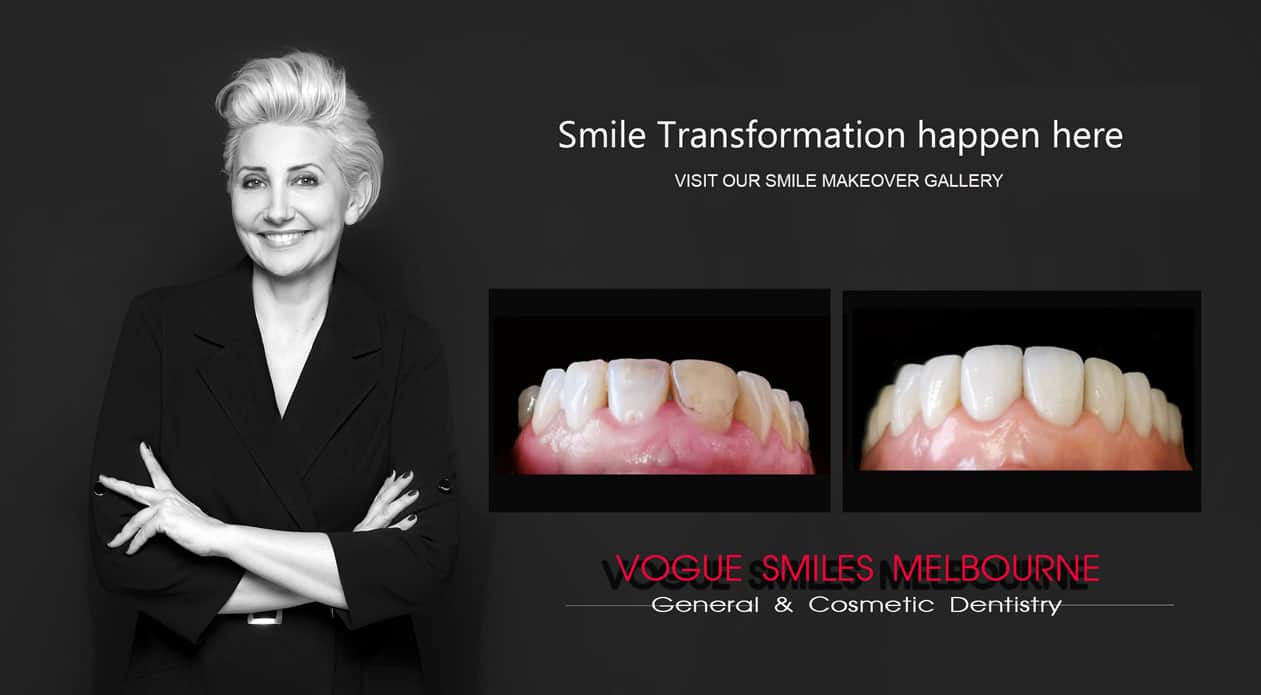

We don’t believe that dental care should be out of anyone’s price range. We want you to feel confident in a smile that looks attractive and functions naturally—and fits within your budget! If you don’t believe you can afford the dental treatment you need (or want), rest assured that we will try our best to help you afford the treatment you need. We have helped countless patients receive affordable dentistry, providing them with beautiful new smiles that have changed their quality of life.
Our team helps make our dental services affordable by assisting you in maximizing your insurance benefits and accepting a variety of payment methods.
Don’t let fear or embarrassment about your budget keep you from getting the dental treatments your smile deserves.
Contact our team today


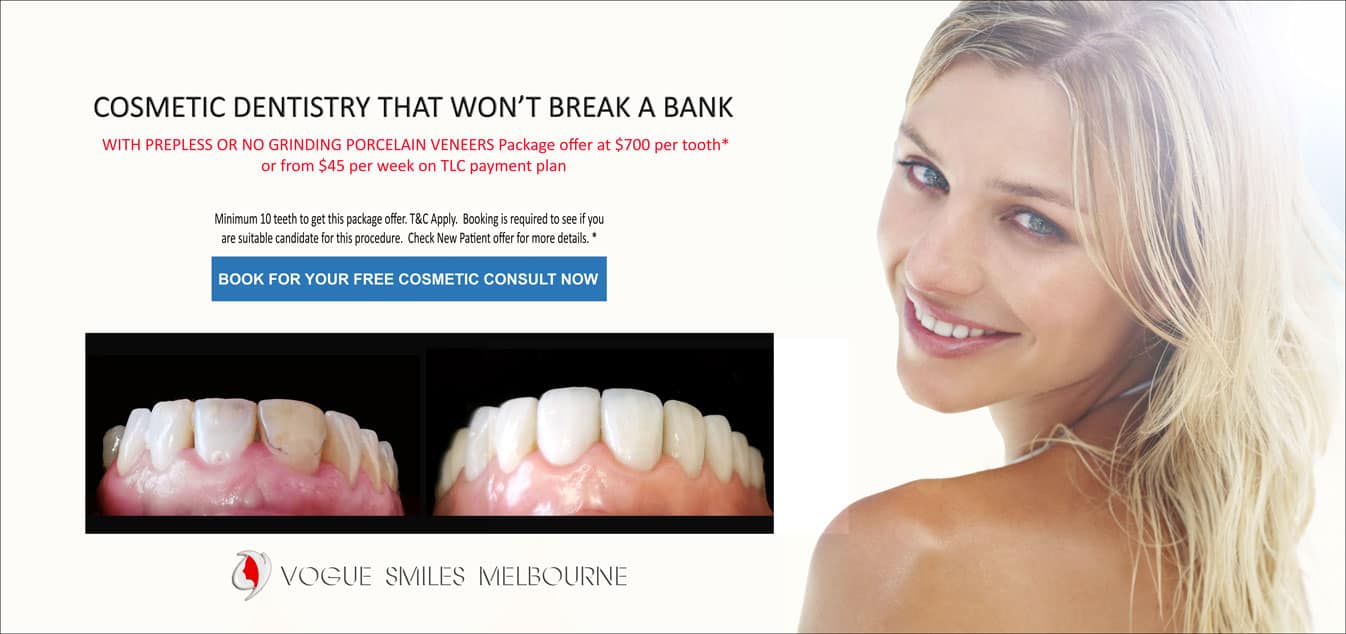

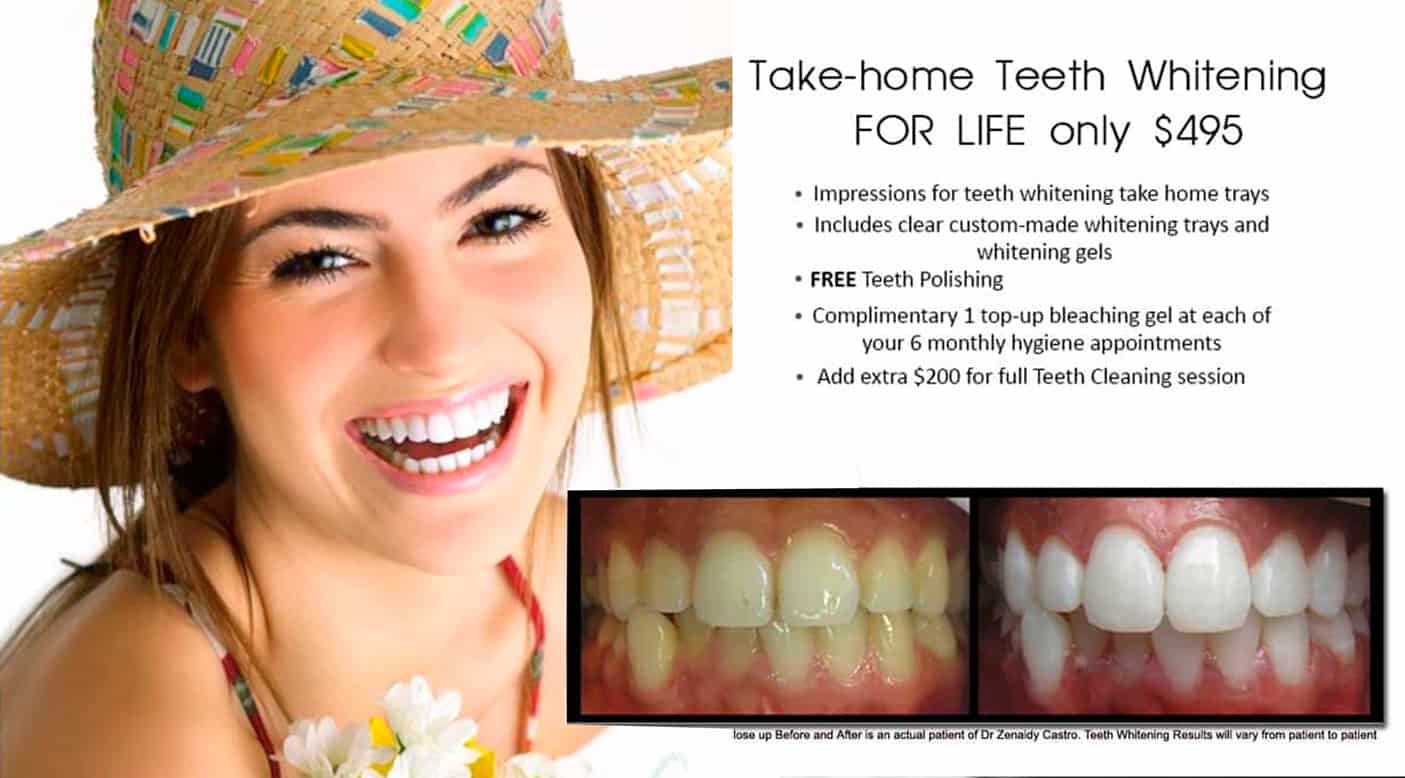
Disclaimer:
The information on this website is for information purposes only. Is not a substitute for a proper professional care and advice. Each patient’s outcomes, risks, potential complications, and recovery differ. Any dental procedure, minor or major, carries risks, some minor and some serious. Before and after images seen on our Social Media and website pages are our actual patient and have been published/posted with our patients’ permission. All of our patients photos are subject to Copyrights protection. We are strong believers in responsible aesthetics. Every cosmetic, medical, or dental procedure comes with its own set of risks and benefits. Cosmetic Dentistry results will vary from patient to patient. Call our office and book for an actual in-office consultation for us to assess if you are a good candidate for a particular treatment. All of our Specials and packages posted on this site are subject to terms, conditions and availability. The exact fee for a particular cosmetic procedure will be determined after a preliminary assessment distinguishing your unique personal needs and the type of work needed. The prices mentioned on any of our website as well as any mentioned payment plan by a third party source, are just a guide and is subject to change. Call the third party financing providers or visit their website for more info. Please call the office on 9629-7664 for further queries or clarification.


CONNECT WITH DR ZENAIDY CASTRO ON SOCIAL MEDIA
x | Instagram | Youtube | facebook | Linkedin | Tumblr | Flickr | BlueSky | Dentistry Instagram | YouTube | Dentistry Facebook | Australian Photographer & Cosmetic Dentist | Infinite Abundance | Gab | Minds | OK | Gettr | Deviant art | Independent Academia | PearlTrees | 500px | Gram.Social | Tiktok |
EXPLORE DR CASTRO’S ABSTRACT ART AND FINE ART PHOTOGRAPHY COLLECTIONS
SHOP | Corporate Art For Business Offices- Office Wall Art for sale | Hospitality Art | Healthcare and Hospital Art | Black and White Photography Curated Collection | Black and White Photography for sale Limited Edition | Best of Black and White Photos for Sale | Black and White Landscape and Nature Fine Art Photos | Landscape and Nature Photography Curated Collection | Country and Rural Landscape photos for sale | Waterscapes Photography | Immortalize your Pets Through art | Sphynx Cats in Art | Sphynx Cats - Hairless cats Photos for sale | Globe Trotting Dentist and Photographer | Travel Blog | Australian Abstract Artist and Photographer | Australian Photographer | Abstract Art | Sphynx cats in Youtube | IMMORTALIZE YOUR PET THROUGH ART | Panoramic Landscapes | Black and White Mountain | Black and White Trees, Woodland & Rainforest | Black and White Desert & Outback | Landscape and Nature Photography | Waterscapes | Minimalism | Country & Rural Scene Photography |
ARTS AND PHOTOGRAPHY RESOURCES
Unique Online Art Gallery Melbourne Australia | Black and White Photography Facts and History | The Art Buying Timeless Guide : How to Invest in Art | A Beginner’s Guide to Investing in Art Like A Pro | Investing in Emerging Artists : A Comprehensive Guide | Is photography considered an art? | List of Must-See Art Galleries and Museums Around the World | Coping with Pet loss & Pet Grief as a Transformational Journey | How to Choose Art for you Office or Business | Attracting Goodluck with fengshui and Vastu art principles | Colour Therapy and Choosing art & photography prints for Health care clinics and hospitals | Exotic Sphynx Cats in Fine Art | Sphynx Cats in Art | Sphynx Cats Photos for Sale | Travel Blog | BUSINESS AND TRADE DISCOUNT | ART TRADE PROGRAM | HOSPITALITY ART | Buy Black and White Photo Prints | Buy Fine Art Black and White Photography | Blog | Blogger | Medium | Behance | Weebly | Museum | Master of Monochrome - Black and White Photography |
READ ABOUT COSMETIC DENTISTRY IN MELBOURNE
Dr Zenaidy Castro | Cosmetic Dentist in Melbourne | Vogue Smiles Melbourne | Porcelain Veneers In Melbourne | Porcelain Veneer Special Package Offer Melbourne Australia | Smile Makeover Procedures | Cosmetic Dentistry Procedures Melbourne | Cosmetic Dentist in Melbourne Australia | Dental Bonding | Anti-aging Smile Rejuvenation | Dental Facelift | Teeth Whitening | Invisalign | Dental Crowns | Dental Bridges | Full Mouth Dental Reconstruction | Implant Alternatives | Emergency Dental Care Noble park North | General and Family Dental Clinic Noble Park North | Cosmetic Dentistry Before and After | Non-surgical facelift options without Invasive Surgery | Most Affordable Way to Improve Your Smile | Comprehensive Guide to the Cost of Dental Veneers | Cosmetic Dental Procedures for Smile Improvement | Dental Veneer Specials Melbourne CBD & Noble Park | Composite Veneers vs Porcelain Veneers | Alternative to Dental Implant or All-On-4 Implant in Replacing Missing Teeth | Dental Financing | Cosmetic Dentist near Glen Waverley, Mulgrave, Wheelers Hill area, Springvale | WOMOW | YOUTUBE | YELP | HOTFROG | FLICKR | TIKTOK | LINKEDIN | PINTEREST | TUBMLR | X | BEHANCE | DISQUS | HUBPAGES | WEEBLY | MEDIUM |
Serving General, Family, Cosmetic and smile makeover treatment including Porcelain Veneers, Dental Bonding, Full Mouth Reconstruction, Dental Crown and Bridges, Teeth Whitening and more in MELBOURNE CBD, NOBLE PARK NORTH and on the Surrounding Suburbs of Glen Waverley, Dandenong, Dandenong North, Noble Park, Springvale, Springvale south, Rowville, Wheelers Hill, Keysborough, Bangholme, Dandenong South, Lyndhurst, Boronia, Doveton, Clayton, Mulgrave, Mount Waverley



